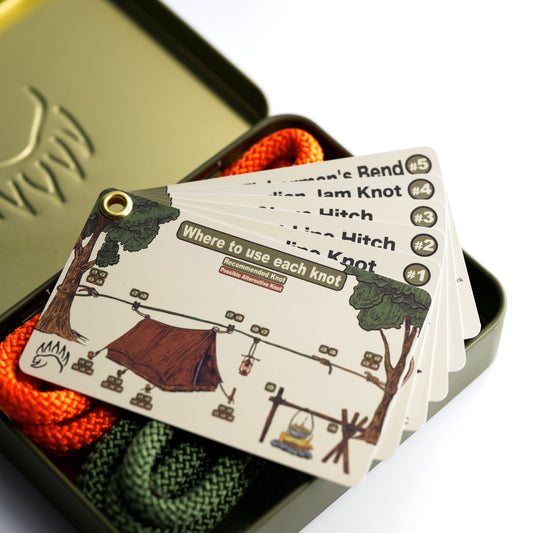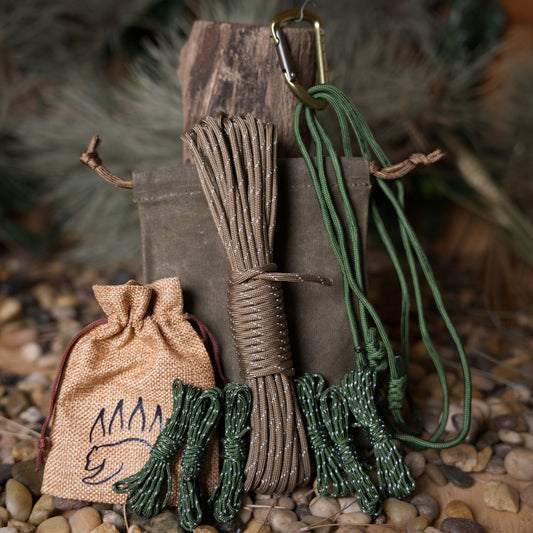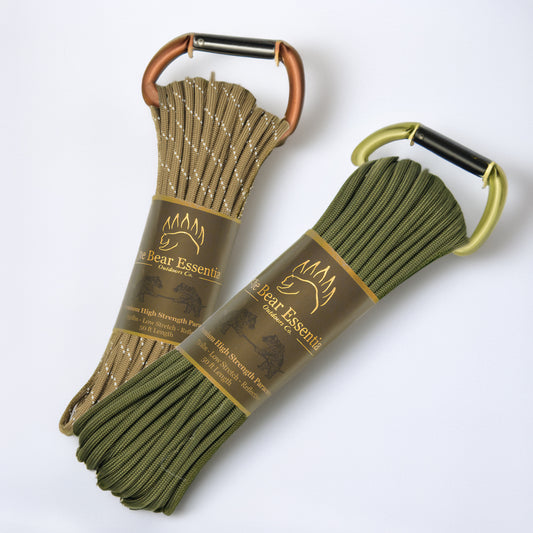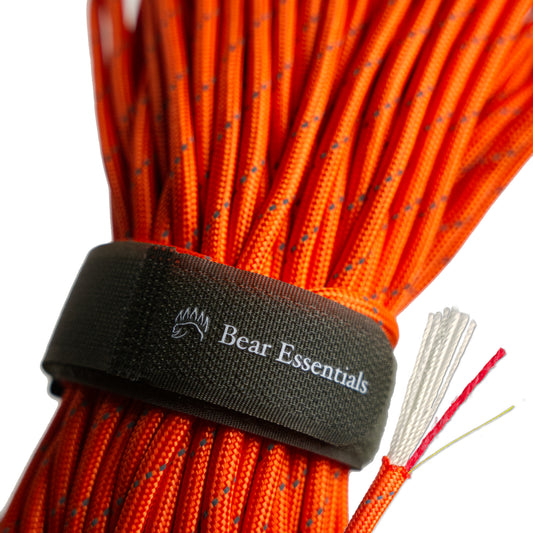How to Tie the Artillery Loop
Usage
The Artillery Loop, also known as the Harness Loop or Man-Harness Knot, is a midline loop designed for temporary handholds or attachment points. Historically, it was used to assist in hauling heavy artillery and aiding horses on difficult terrain. While easy to tie and quick to deploy, it must remain under tension to maintain its shape and prevent slipping. Today, it is useful in camping, boating, and ranch work where a quick midline loop is required.
Why Learn the Artillery Loop?
This knot is fast to tie and untie, making it an excellent choice for temporary attachment points. Unlike some midline loops, the Artillery Loop does not require access to the rope’s ends, allowing it to be placed anywhere along a rope. However, it is not recommended for critical load-bearing applications, as it may deform under shifting weight.
Common Uses
-
Military & Historical Applications:
- Used for hauling field artillery into position.
- Assisted in handling horses on rough terrain.
-
Outdoor & Utility Applications:
- Creating attachment points for camping and boating. Securing ropes in ranch work and livestock handling.
-
Emergency Use:
- Provides temporary handholds in rescue or transport situations.
ABOK Number
(Ashley Book of Knots)
Other Names
Category
|
Notable Features
- Fast to Tie: Can be formed quickly in the middle of a rope.
- Midline Loop: Does not require access to the rope’s ends.
- Requires Load: Must be under tension to maintain shape and avoid slipping.
Variations
The Artillery Loop can be adjusted for different applications:
- Enlarging the loop makes it useful for shoulder holds when hauling equipment.
- Adding extra wraps can provide more friction and security, reducing the risk of deformation under shifting loads.
Similar Knots
Alpine Butterfly Loop vs. Artillery Loop
- Pros: More secure under load, does not slip when unloaded.
- Cons: Slightly more complex to tie than the Artillery Loop.
Farmer’s Loop vs. Artillery Loop
- Pros: A more stable midline loop option.
- Cons: Harder to untie after being weighted.
Span Loop vs. Artillery Loop
- Pros: Similar in function but designed for multiple anchor points.
- Cons: Less common and not as quick to tie.
History
The Artillery Loop has been used for centuries, dating back to the days of manhandling artillery and assisting horses in battle. The loops formed by this knot provided handholds or shoulder holds for troops maneuvering heavy cannons into position. Today, while its historical role has diminished, it remains a quick and efficient method for forming a loop in a rope where temporary handholds or load points are needed.
Security Level
The Artillery Loop is best used for non-critical applications, as it may slip and deform under varying tension. For applications requiring greater security, the Alpine Butterfly Loop is a better alternative.
Downsides
- Prone to Slipping: If not properly loaded, it can collapse into a running knot.
- Inferior to Alpine Butterfly Loop: Not recommended for climbing or life-supporting applications.
Structure
- Form a loop with the working end on top.
- Pass the working end under the loop just formed.
- Hold the working end in place and bring the right side of the loop under and over the other side.
- Pull it through the original loop to form the final structure.
- Tighten by pulling both the loop and the standing ends.
FAQ
What is the Artillery Loop Knot used for?
The Artillery Loop, also called the Harness Loop, was historically used for hauling artillery and assisting horses on rough terrain. Today, it is used for creating temporary attachment points in camping, boating, and ranch work.
Is the Artillery Loop Knot strong?
The knot holds well under tension but is not recommended for critical load-bearing applications. For a more secure midline loop, use the Alpine Butterfly Knot.
What is the difference between the Artillery Loop and the Alpine Butterfly Knot?
The Alpine Butterfly Knot is stronger and more stable under shifting loads, making it better for climbing and rescue. The Artillery Loop is faster to tie and untie, making it ideal for temporary use.
Does the Artillery Loop Knot slip?
Yes, it can collapse if not under constant tension, turning into a running knot or noose. Always keep it properly loaded to maintain its shape.
Is the Artillery Loop Knot easy to untie?
Yes, it is easier to untie than other midline loops unless it has been heavily loaded.
Important Notes on Safety
The Artillery Loop should only be used for non-critical applications, as it may collapse if not properly loaded. For high-load or life-safety applications, use a stronger midline loop like the Alpine Butterfly Loop.









